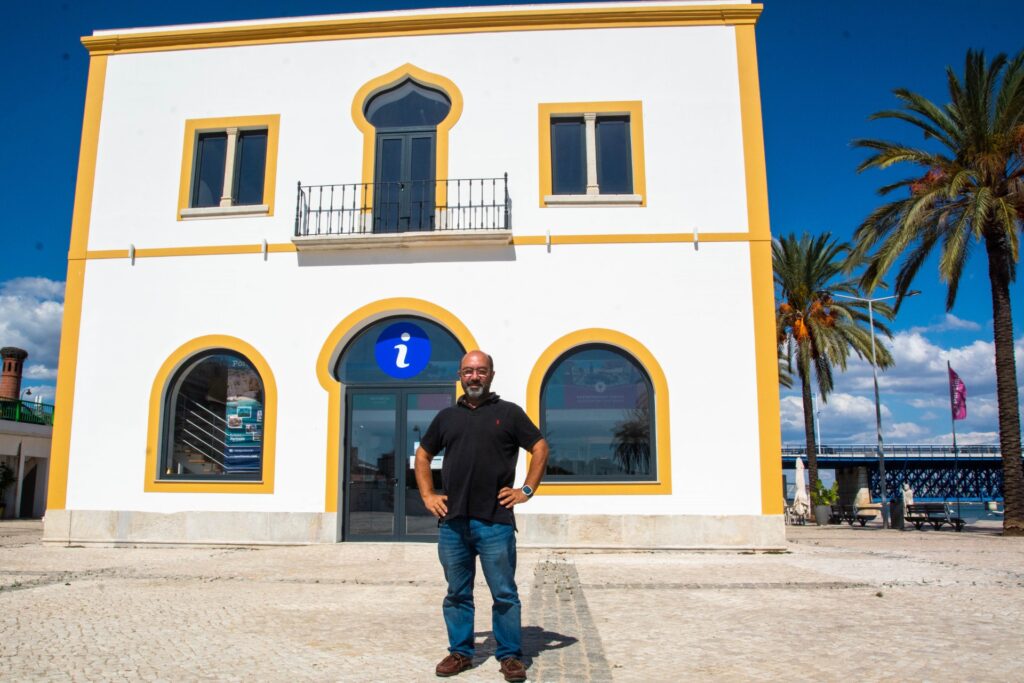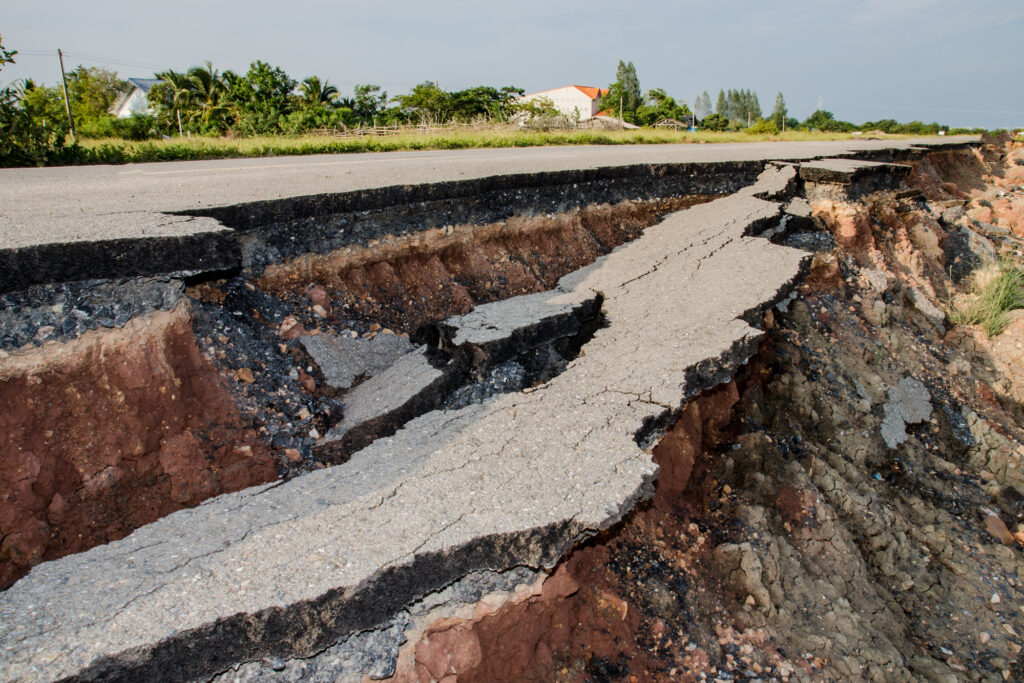What do we need to “be working tomorrow”, if the Algarve is affected by an earthquake of great magnitude, which causes chaos similar to that caused by the earthquake in Marrakesh? This is the question that Portuguese society must try to answer, to minimize the effects of a possible catastrophe of this nature in our country.
The warning comes from José Paulo Costa, a civil engineer specializing in structural rehabilitation.
With a lot of work done in the rehabilitation of structures in the Algarve, this specialist believes that the response to the earthquake must begin to be prepared by everyone now, whether in terms of adapting infrastructure or through much simpler measures, such as having «a jerrycan of water at home” – “it’s not expensive, it only costs 20 euros and it could save your life.”
And more lives will be saved if public authorities invest in adapting fundamental infrastructures for emergency response, including hospitals, but also others, such as bridges or water and energy networks, he believes.
«The ideal would be to do an exercise and think about what we would need to have working tomorrow, if there was an earthquake? And it’s starting there,” he told Sul Informação José Paulo Costa.
If this were done, «perhaps the general population would think “really, maybe I'll do something in my house”».
This exercise is even more important in a country like Portugal and a region like the Algarve, which have a history of high seismic risk.
«Here in Portugal, there are two regulatory earthquakes, so called because they are the ones that engineers must consider when calculating the structures of houses. The regulatory earthquake closest to the Algarve is equivalent to the 1755 earthquake and this earthquake is not well known, but it must have been a thousand times more violent than the one in Marrakesh», says the same expert.
The other regulatory earthquake “is that of Benavente”, which occurred in 1909 (6,7 on the Richter scale), although this did not have serious consequences in the Algarve region.
«The problem here in the Algarve, in terms of devastation, are more the earthquakes that have their epicenter in the underwater mountain range of Gorringe, 200 kilometers south of Sagres. That's when everything is destroyed", if we are talking about an earthquake of the magnitude of the one in 1775, which was followed by a tsunami, and as a result of which "95% of the houses that existed in the region disappeared".

Today, more than 250 years later, an earthquake with the same characteristics would, once again, cause enormous destruction, since the oldest houses “are similar to those that fell in 1755. Therefore, here where we are [next to the old auction house] all the houses would fall,” he warned.
The exception would be, precisely, the old auction building, whose structures were reinforced in the face of a possible earthquake, under an intervention by the company Stap, of which José Paulo Costa is the technical director.
«This building began as the first light factory in Portimão, then it was the auction house. Now, Portimão City Council has decided to create an exhibition center here. These walls are all reinforced with a carbon mesh and this building is earthquake prepared. If there's an earthquake, it won't collapse,” he said.
In this case, the preparation of the building to withstand an earthquake, "was around 15% of the overall value of the rehabilitation work", which was more extensive, but, if the objective is only "to reinforce the earthquake, then it may not be as viable".
Anyone who has houses built after 1983 can rest easy, at least in theory, as, «in regulatory terms, buildings built with the regulation from that date onwards have an obligation not to kill anyone in an earthquake».
And the more modern the building, the better, since «legislation today is 25% more aggressive than that of 1983».
This is, of course, if the contractor has followed the rules.
José Paulo Cosa does not believe, for example, that the two main public hospitals in the region, the one in Faro and Portimão, would collapse in the event of a regulatory earthquake. However, he doubts “that they will be able to function the day after an earthquake”, because, probably, “they would no longer have water and electricity”, not to mention some damage that they could suffer.
But there is at least one hospital in Portugal, Luz, a private unit, which, if there is a major earthquake, is prepared to remain in operation and where “surgeries can even continue”.
«Turkey and Morocco are more advanced than Portugal, it is mandatory when building new hospitals to have basic insulation. (…) In Japan, since 1995, after the Kobe Earthquake, bridges and public buildings have all been reinforced,” he added.
«Here, for example, if there is an earthquake, all the Chambers that I know, the buildings collapse, and they will not be the only ones. That's what was worth asking, “what do we need after an earthquake?”», concluded José Paulo Costa.



















Comments